Well, the holidays have kind of snuck up on me, and because of that (and the fact that I’m traveling) I don’t have a Steve Zissou Saturdays installment ready to go. But I did rewatch The Royal Tenenbaums last night, and I do have something I found really interesting that I hope will make for a decent substitute.
I don’t know how many times I’ve seen The Royal Tenenbaums. It has to be at least 30 times, and yet I’m still finding new things, every single time I watch the film. Usually it ends up being something to do with Richie, Chas or Royal, as I end up paying a little more attention to them than I do to the other characters.
This last time, however, I noticed some brilliantly subtle layering in the development of Margot, and that’s what I wanted to share here.
Each of the Tenenbaum children self-destructs in their own time, and in their own way. For Chas, it comes a year before the start of the film, when his wife is killed in a plane crash. For Richie, his meltdown occurs a good way into his professional tennis career, and then, obviously, he hits another low point after discovering Margot’s past.
Margot’s descent into self-destruction begins much, much earlier in her life. A private investigator even assembles a file documenting her descent, and it begins at age 12, with her buying a pack of cigarettes.
Her smoking — and her secrecy about it — is alluded to throughout the film as a pivotal stage in her self-destruction. The fact that it’s the first entry in her dossier would seem to support that, as would the fact that it’s brought up in the opening narration, also identifying it as beginning when she was 12.
However that in itself seems rather small in the face of the romantic, artistic, sexual and even physical self-destruction that follows. In fact, it’s so small that the significance both the film and the characters attach to it qualifies as a joke in itself.
But while it doesn’t appear in the background file montage, we do get a scene in the opening sequence of Margot one year prior: the night of her eleventh birthday.
Chronologically speaking, this is actually the first sign we get of the unraveling to come. Yet despite what the film frames as the most important moment at the party — Royal insulting the play she stages with her two brothers — there’s something else that suggests very directly the deliberate self destruction to come: the play itself.
Of course, we don’t see much of it. In fact, all we see is the curtain call, with the three Tenenbaum children on stage, in costume.
Afterward, during Royal’s dismissal of the play — and his adopted daughter — we see that it was Margot who played the zebra. In the curtain call, and again here when she stands up, we see bullet holes and fake blood on the costume. One of these wounds is directly over the heart — Margot’s heart — which implies strongly that the shooting was fatal.
Margot literally cast herself in her own play as the figure that gets destroyed. But so what, right? As Royal points out — callously — it’s just a bunch of kids in animal costumes. It can’t be worth reading any more deeply into that. Perhaps Margot cast herself as the zebra because it had the most important lines, or was the central character, or to best showcase her talent in front of her family on her birthday.
But, no. Not quite.
Earlier in the opening sequence we see Margot at a typewriter, working on a script. And what’s that on her wallpaper?
The zebras are all around her. Throughout the film we can see them from almost every angle in her room; it’s Margot’s symbol. The zebras surround her and watch over her while she writes, while she reads the works of other successful playwrights, while she dreams, and while she does anything at all. The door to her room is always closed, with many locks and KEEP OUT signs, suggesting that she spends as much time in there, alone, as she possibly can. The zebras are always there.
Therefore it’s impossible that she associates the zebras with either of her brothers, or either of her parents, or with Eli, or with Pagoda, or with anybody else in the world. She is likely, however, to have internalized their presence, and for them to have worked their way into her writing, whether consciously or not.
By writing the zebra as a tragic figure, and then by literally climbing into that role herself, she’s foreshadowed her entire path of self-destruction. She assassinated her own image of the night of her eleventh birthday, and played the role herself.
Royal denouncing her artistic efforts? Buying that pack of cigarettes? No, those weren’t triggers. They were simply manifestations of an unspoken desire to self-destruct that had been part of Margot Tenenbaum all along.
The film makes no overt reference to this. It’s one of many carefully placed breadcrumb trails that Wes Anderson trusts us enough to figure out for ourselves.
I’m still figuring them out, and none of them make me feel like I’m reaching. Everything was always right there, ready to be noticed, and if it took me 30 viewings to find them, that’s okay. Anderson’s films are patient. They wait for you. And when you finally get there, they welcome you home.
Speaking of which, in the image I used to open this article I notice that Margot’s listening to Between the Buttons, which is the Rolling Stones album she puts on when Richie comes home from the hospital later in the film.
Oh, and Royal being the only one to criticize her play here is subverted nicely by the fact that he’s the only one who enjoys her new play at the end of the film. So many layers, so many details, so many connections and mirrors and echoes.
My lord I love this movie.
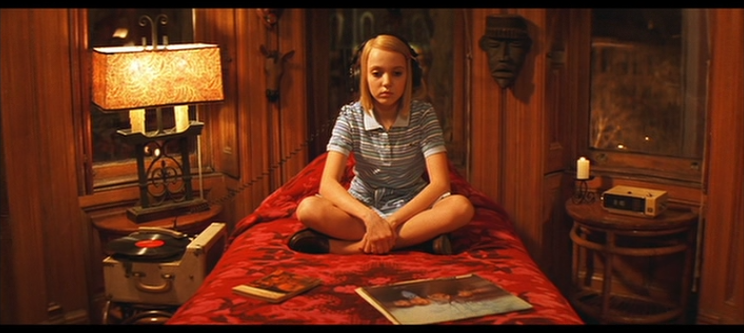
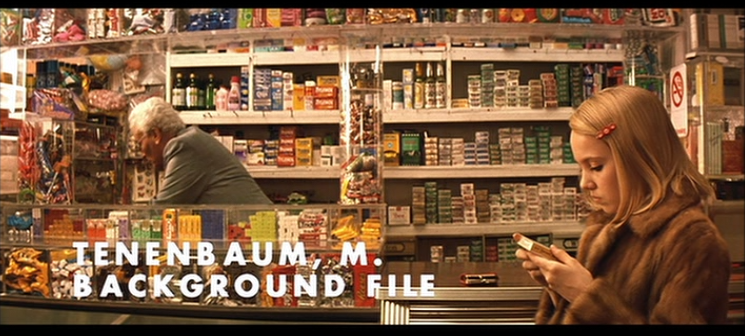
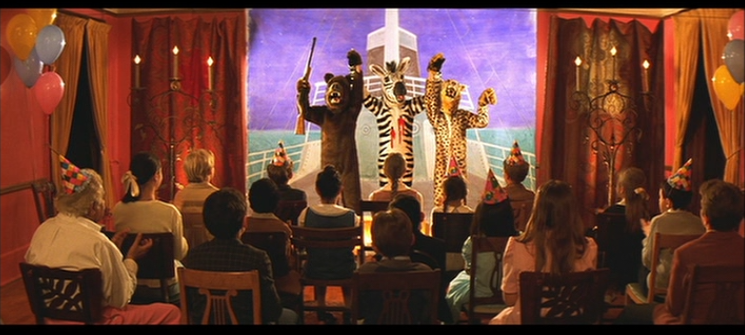
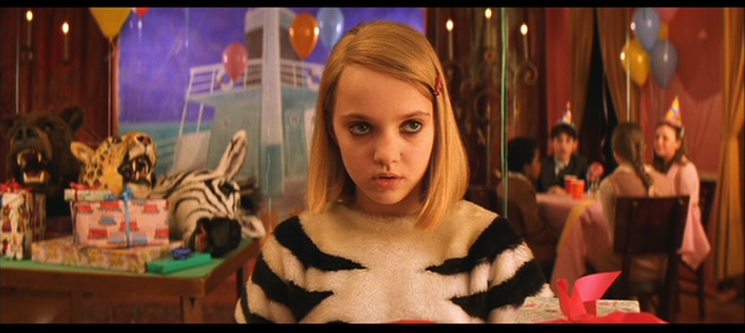
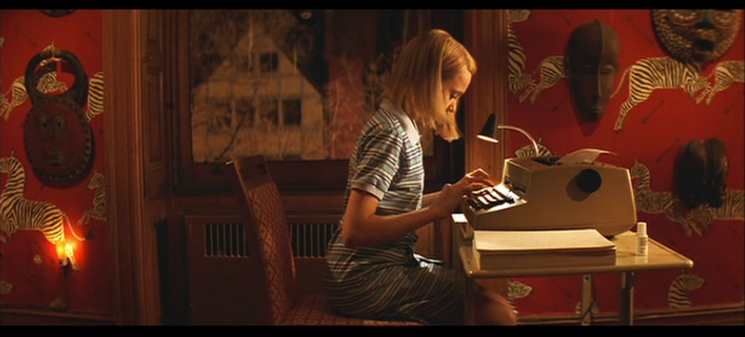
Shiny! I love it. Who played the bear that shot her (assuming, because he had the gun)? And do you think there’s anything about the other brother playing the cheetah, who would naturally hunt zebras, or at least share the same environment?
Jesus Tara…well done. Seriously.
–
I didn’t think about the other two, really, but Chas is the bear and Richie is the cheetah. Chas being the one to shoot her probably doesn’t mean much on its own, but I wouldn’t be surprised if that’s the same B.B. gun that he used when playing the game that ended with a pellet lodged in his hand. And the fact that the cheetah would hunt zebras fits perfectly into Richie’s feelings for Margot…though I wasn’t aware of a predator / prey relationship there. So thank you.
–
That’s probably the main reason Chas has the gun instead of Richie; there’s a strong element of pursuit between Richie and Margot, but Richie doesn’t intend her any harm. Having him shoot her wouldn’t be fitting at all. By giving the gun to the third character, though, Anderson keeps the pursuit and shunts aside the danger.
–
I LIKE THIS MOVIE A LOT GUYS